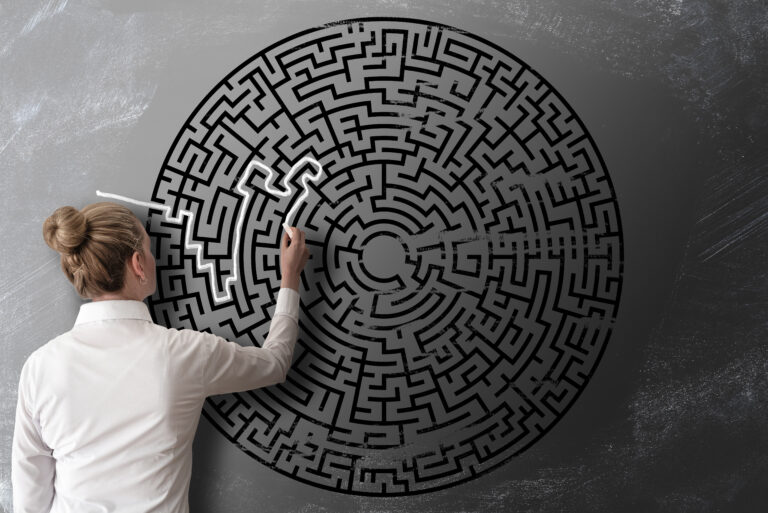Most of the pivotal moments in my career didn’t come from boardrooms, pitch decks, or deal closings. They came from unexpected places—like a volunteer project that had nothing to do with startups, investing, or real estate. Yet, in hindsight, it reshaped my priorities more than any “strategic offsite” ever could.
Before: Success as Speed and Scale
For years, I measured progress in one dimension: acceleration.
- More deals closed.
- More square footage developed.
- More hours worked.
- More returns generated.
I wore busyness like a badge of honor. My calendar looked like a competitive sport, and “impact” meant whatever I could quantify in revenue or market share.
Even when I gave to nonprofits or supported causes, I still thought in terms of efficiency: How fast can we get from problem to solution? That mindset works well in markets. It doesn’t translate as cleanly to people.
The Project: Building With, Not For
The shift happened when I volunteered with a local nonprofit renovating a community center in a city outside Boston. On paper, the assignment looked simple: a few weekends of logistics and coordination, some fundraising help, maybe a site visit or two.
But once I was in it, I realized how different the cadence felt:
- Decisions happened at the pace of trust, not efficiency.
- Community members didn’t just want a “delivered product”—they wanted ownership.
- The measure of progress wasn’t square footage or timelines—it was whether kids felt safe and neighbors felt proud.
I remember one conversation with a teenager from the neighborhood. She pointed to a half-painted mural and said, “It doesn’t matter how fast this gets done. It matters that we did it.”
That line stopped me cold. It reframed everything I thought I knew about “results.”
After: A Rewired Roadmap
Since that project, my personal roadmap looks different:
1. From Speed to Alignment
Instead of asking “How fast can we do this?” I ask “Is this aligned with what matters most?” Sometimes that means slowing down. Sometimes it means not doing the thing at all.
2. From Efficiency to Ownership
In my businesses and investments, I now prioritize structures where stakeholders—employees, partners, communities—own a piece of the process and outcome. It’s slower up front, but more durable in the long run.
3. From Metrics to Meaning
I still love dashboards. But I’ve learned to balance them with stories. A quarterly report without a human story now feels incomplete to me—whether in a nonprofit, a startup, or a city project.
4. From Projects to People
Before, projects were the point. Now, I see them as vehicles for relationships. If the project succeeds but relationships are thin or transactional, I count it as a loss.
Why This Matters for Risk and Return
Ironically, that volunteer project also made me a better investor and builder. It taught me that ignoring human factors is the biggest hidden risk. If the community isn’t bought in, if the team doesn’t feel ownership, if the mission feels imposed rather than shared—you might win in the short run, but the structure is brittle.
In overlooked cities, in startups under pressure, even in family life—the same lesson holds: shared ownership beats forced acceleration.
Closing Thought
I didn’t walk into that project expecting it to change me. But it did. It rewired how I define progress and what I consider worth building.
I used to chase velocity. Now, I chase alignment.
I used to measure in dollars. Now, I measure in durability.
And every time I step into a new venture—whether in Boston or far beyond—I carry that community mural in my mind, and the words of that teenager:
“It doesn’t matter how fast this gets done. It matters that we did it.”


